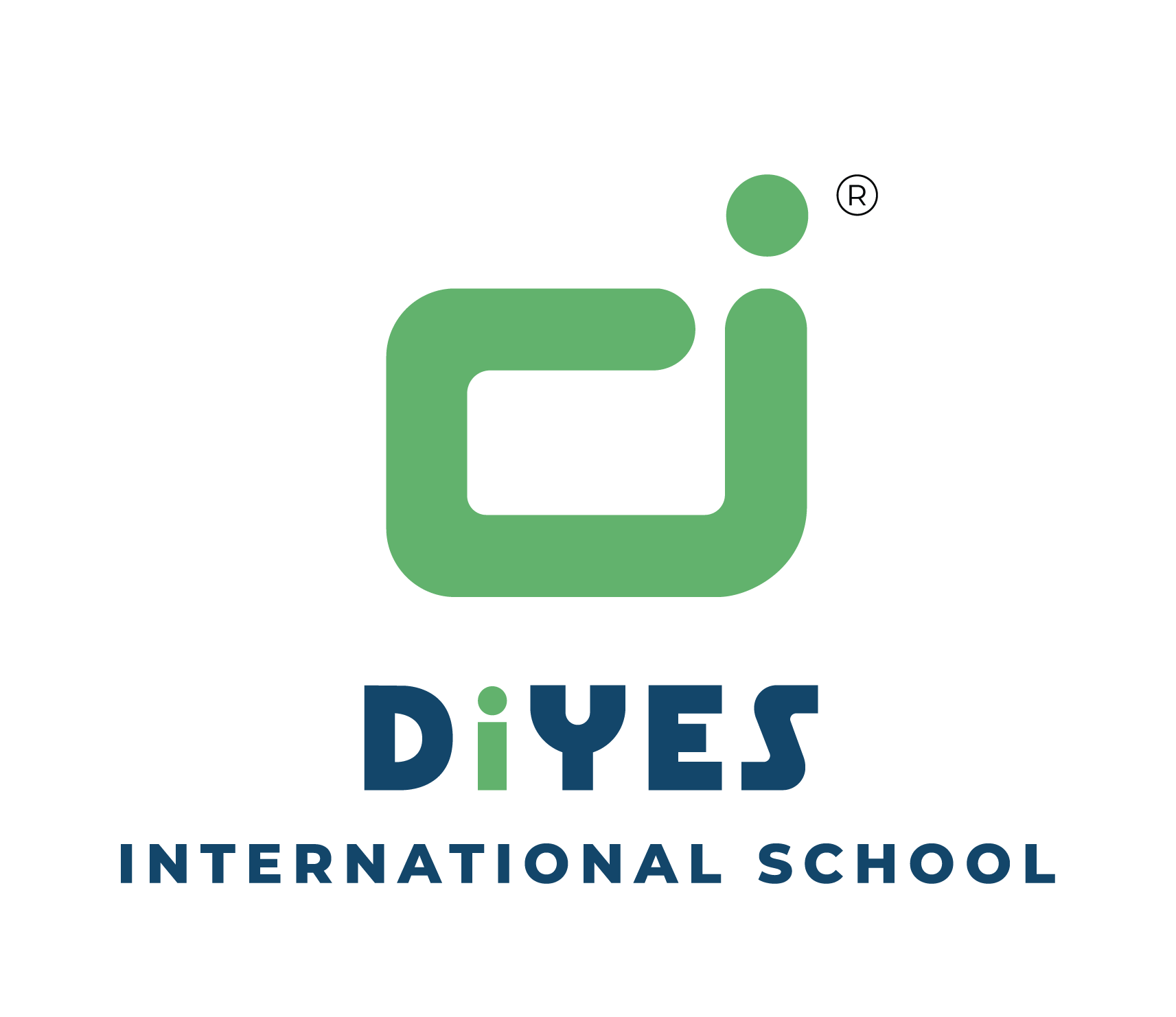Dance and music are more than just artistic activities; they are powerful tools that greatly contribute to students’ personal growth. Participating in these creative pursuit’s nurtures self-expression, builds confidence, and supports emotional well-being. This blog highlights the importance of dance and music for students, emphasizing how these art forms can enrich both their academic and personal lives by enhancing student expression and confidence with dance and music.

When considering how dance and music enhance confidence in students, it becomes clear that these activities provide essential opportunities for self-expression and confidence-building. This blog delves into how dance and music nurture communication skills, emotional intelligence, and social interaction. By focusing on the importance of creative expression, confidence-building, cognitive development, emotional well-being, and cultural appreciation, this discussion showcases the vital role dance and music play in a comprehensive education.
Nurturing Creative Expression
Creative expression is a fundamental aspect of student development, and dance and music provide the perfect mediums for it. These art forms allow students to communicate their thoughts, emotions, and ideas in a non-verbal yet impactful way.
- Encourage Self-Expression: Dance and music enable students to express themselves freely, without the constraints of language. Whether through movement or melody, students find a voice for their emotions, ideas, and personal stories, nurturing a deeper understanding of themselves.
- Enhance Communication Skills: By engaging in dance and music, students develop non-verbal communication skills. They learn to convey messages and emotions through body language, rhythm, and tone, enhancing their ability to communicate effectively in various situations.
- Promote Individuality: Dance and music celebrate individuality, allowing students to explore their unique identities. Each performance or composition is a reflection of personal style and creativity, encouraging students to be confident in who they are.
- Support Emotional Release: These art forms offer an outlet for emotional release, helping students manage stress and anxiety. Expressing emotions through dance and music can be therapeutic, providing a healthy way to process and articulate feelings.
- Stimulate Imagination: Engaging with dance and music stimulates the imagination, inspiring students to think creatively and explore new ideas. This imaginative engagement nurtures innovation and problem-solving abilities, both of which are valuable in academic and personal growth.
Nurturing creative expression through dance and music is essential for student development. By encouraging self-expression, enhancing communication skills, promoting individuality, supporting emotional release, and stimulating imagination, these art forms empower students to express themselves confidently and creatively.
Building Confidence and Self-Esteem
Confidence and self-esteem are critical components of personal growth, and dance and music are powerful tools in building these qualities. Participation in these activities helps students gain confidence in their abilities and nurtures a positive self-image.
- Develop Performance Skills: Regular practice and performance in dance and music build students’ confidence in their abilities. Mastering a dance routine or playing a musical piece requires dedication, and the achievement of these skills enhances self-assurance.
- Overcome Stage Fright: Performing in front of an audience, whether in a recital or a school event, helps students overcome stage fright. The experience of presenting their skills publicly boosts their confidence and prepares them for future public speaking or presentations.
- Celebrate Achievements: Success in dance and music, such as mastering a difficult piece or receiving applause for a performance, reinforces students’ belief in their capabilities. Celebrating these achievements nurtures a sense of pride and motivates further efforts.
- Encourage Risk-Taking: Engaging in dance and music often involves taking creative risks, such as improvising a dance move or experimenting with a musical style. These risk-taking builds resilience and confidence in students’ ability to handle new challenges.
- Build Positive Self-Image: Participation in dance and music helps students develop a positive self-image by allowing them to see themselves as capable and talented individuals. This positive self-perception contributes to overall self-esteem and confidence.
Building confidence and self-esteem through dance and music is vital for student development. By developing performance skills, overcoming stage fright, celebrating achievements, encouraging risk-taking, and building a positive self-image, these art forms help students cultivate the confidence needed for success in various aspects of life.
Enhancing Cognitive Development
Dance and music not only enhance artistic skills but also play a significant role in cognitive development. These activities engage the brain in unique ways, promoting skills such as memory, focus, and problem-solving.
- Boost Concentration: Dance and music require intense focus and concentration, whether it’s mastering a complex dance sequence or playing an intricate musical composition.

This focused practice improves students’ attention span and ability to concentrate on tasks.
- Improve Memory and Recall: Learning dance routines or musical pieces involves memorisation, which strengthens memory and recall abilities. Regular practice of these art forms enhances cognitive functions related to memory, benefiting academic performance as well.
- Enhance Problem-Solving Skills: Engaging in dance and music often involves problem-solving, such as figuring out the timing of movements or the structure of a composition. These activities encourage students to think critically and creatively to overcome challenges.
- Develop Spatial Awareness: Dance, in particular, enhances spatial awareness as students learn to navigate and control their movements in space. This awareness translates to better coordination and understanding of physical environments.
- Support Multitasking Abilities: Both dance and music often require multitasking, such as playing an instrument while reading sheet music or coordinating movements with rhythm. These activities improve the brain’s ability to manage multiple tasks simultaneously, a skill valuable in academic and everyday life.
Enhancing cognitive development through dance and music is integral to a well-rounded education. By improving memory and recall, boosting concentration, enhancing problem-solving skills, developing spatial awareness, and supporting multitasking abilities, these art forms contribute to students’ intellectual growth and academic success.
Promoting Emotional Well-Being
Dance and music have profound effects on emotional well-being, offering students a healthy outlet for expressing and managing their emotions. These activities contribute to mental health by reducing stress and nurturing emotional resilience.
- Reduce Stress and Anxiety: Engaging in dance and music is an effective way to reduce stress and anxiety. The physical activity involved in dance releases endorphins, while music has calming effects on the mind, both of which help students manage stress.
- Boost Mood and Positivity: Participating in dance and music can significantly boost mood and create a sense of joy and positivity. The creative process and the satisfaction of artistic expression contribute to overall emotional well-being.
- Encourage Emotional Expression: Dance and music provide a safe space for students to express their emotions, whether it’s joy, sadness, or frustration. This emotional release helps students process their feelings and nurtures emotional intelligence.
- Nurture Social Connections: Collaborative dance and music activities promote social interaction and bonding among students.

These shared experiences enhance feelings of belonging and support, contributing to emotional well-being.
- Build Emotional Resilience: Through the challenges of learning and performing, dance and music help students build emotional resilience. They learn to cope with setbacks, such as mistakes during practice or performance, and develop perseverance and a positive attitude.
Promoting emotional well-being through dance and music is essential for students’ mental health and happiness. By reducing stress and anxiety, boosting mood, encouraging emotional expression, nurturing social connections, and building emotional resilience, these art forms contribute significantly to students’ overall well-being.
Encouraging Cultural Appreciation and Diversity
Dance and music are powerful tools for nurturing cultural appreciation and understanding. These art forms expose students to diverse cultures and traditions, promoting inclusivity and respect for different backgrounds.
- Explore Diverse Cultural Traditions: Dance and music introduce students to a wide range of cultural traditions and practices. Learning about and participating in various cultural forms helps students appreciate the richness and diversity of global cultures.
- Promote Inclusivity: Engaging in dance and music from different cultures promotes inclusivity and respect among students. It encourages them to celebrate differences, nurturing a more inclusive and harmonious learning environment.
- Understand Cultural History: Dance and music often carry historical significance, providing insights into the history and evolution of different cultures. Understanding these cultural histories enriches students’ knowledge and perspective on global traditions.
- Encourage Cross-Cultural Collaboration: Participation in multicultural dance and music activities encourages collaboration among students from different backgrounds. These collaborations build mutual respect and understanding, strengthening social cohesion.
- Celebrate Global Diversity: Dance and music offer opportunities to celebrate global diversity through performances, festivals, and events. These celebrations highlight the beauty of cultural diversity and encourage students to take pride in their heritage while appreciating others’.
Encouraging cultural appreciation and diversity through dance and music is vital for nurturing a global perspective in students. By exploring diverse cultural traditions, promoting inclusivity, understanding cultural history, encouraging cross-cultural collaboration, and celebrating global diversity, these art forms help students become more culturally aware and respectful individuals.
Conclusion
The importance of dance and music in enhancing student expression and confidence cannot be overstated. These art forms provide students with valuable opportunities for creative expression, personal growth, and cognitive development. Through dance and music, students can develop the confidence and skills needed to excel academically and personally.
Moreover, dance and music play a significant role in promoting emotional well-being, helping students manage stress and express their emotions healthily. They also nurture cultural appreciation and diversity, preparing students to be more inclusive and globally-minded individuals. The impact of these art forms on students’ overall development is profound, making them essential components of a holistic education.
Dance and music allow students to tap into their inner creativity, encouraging them to think outside the box and explore new perspectives. This creative exploration leads to enhanced problem-solving skills, greater self-awareness, and a deeper understanding of the world around them. By participating in these activities, students gain not only artistic skills but also essential life skills that will serve them well beyond the classroom.
In addition, the collaborative nature of dance and music activities promotes teamwork and communication, skills that are invaluable in both academic and professional settings. As students work together to create performances or compose music, they learn to listen, collaborate, and support one another, nurturing a sense of community and shared achievement. These experiences help build strong interpersonal relationships and a positive school culture.
At DiYES International School, we recognize the transformative power of dance and music in education. Our curriculum integrates these art forms to ensure that every student has the opportunity to explore their creative potential and build confidence. We believe that by engaging in dance and music, students can develop a well-rounded personality, equipped with the skills and resilience needed to navigate the challenges of the modern world.
DiYES International School offers a variety of dance and music programs designed to cater to students of all skill levels. Our dedicated instructors guide students through each step of their artistic journey, ensuring they receive personalized attention and support. Whether it’s mastering a new dance routine, composing an original piece of music, or performing on stage, our students are encouraged to express themselves freely and confidently.For more information about DiYES International School and our dance and music programs, please reach out to us at +918547609000 or visit our website at www.diyesinternational.edu.in.


